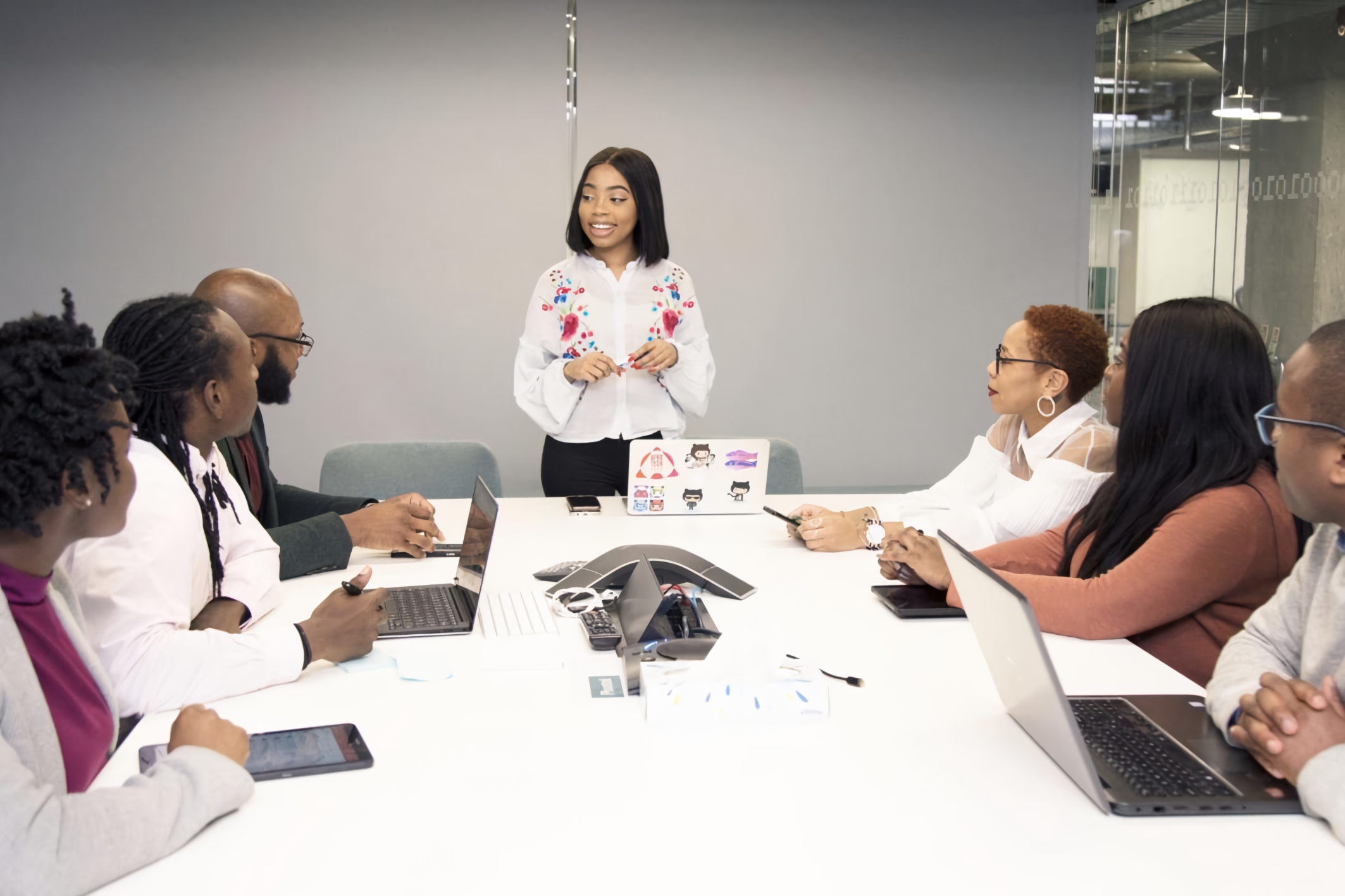Unbiased hiring: we know why, but how?
Since I joined Octopus about a year and a half ago, I’m often asked: “How did you get into venture capital?” and “How did you get in without any banking or consulting experience?” I answer that the big reason I got the shot I did was because of Octopus’ unbiased hiring practice.
Recently I was again asked about my journey to Octopus by Sarah Dabasse, Depop’s newly appointed US General Manager (side note: congrats to Depop on their recent fundraise). I explained how the Octopus hiring practice is designed to welcome folks with untraditional backgrounds. She liked it so much that she soon implemented a similar process at Depop.
I figured, if Sarah found it so helpful, others will too, so I’ll outline it here.
Many companies tend to run their recruiting practice by asking for and reviewing resumes up front, followed by phone interviews, in-person interviews, then assignments. In Octopus’ case, they did everything in reverse.
I’ll break down the step-by-step process that OV implemented. This is by no means one size fits all, but it’s a great framework for situations where you have a) significant numbers of candidates; b) the will to reduce unconscious bias and hire candidates with diverse backgrounds.
First round
1. Application
Octopus’ application just asks four questions. Candidates also submit personal information and resumes, but the reviewing team only look at the responses to the four questions. Anonymity at this initial stage helps to reduce unconscious bias.
The four questions (by way of example):
1. What would you do in your first 100 days at Octopus? This question helps determine whether the candidate read and understood the job description.
2. What is an organization you admire and why? This gives some insights into the candidate’s conscious values.
3. What makes a great VC investor? Does the candidate truly understand the industry? Or do they have a more fantasized view of venture capital?
4. What do you like to read? This addresses culture add.
Front loading applications with questions is common, but what is unique here is that the responses were solely being used to decide whether to filter out someone or not. Most recruiters and companies would refer to individual experience at this stage, but Octopus Ventures leaned on the responses.
2. Reviewing Applications
Once the hiring team receives a healthy number of applicants, the hiring manager exports the responses to a Google sheet and hides the column that contains people’s names. Typeform and Workable assign unique identifiers to each candidate, so it doesn’t get confusing.
Each reviewing member gets their own copy of the sheet and will create a new column where they score each candidate. You can use a YES, NO, MAYBE scoring system, where YES = move to next round, NO = pass, and MAYBE = to be discussed. It’s also a good idea to jot down notes in the column next to your scores for reference when you discuss with the team. To submit scores, reviewing members then copy the column with their scores into a new column in the Master Candidate Sheet, hiding it to help avoid ‘groupthink’. Collective responses are finally revealed at a re-group meeting.
In the instances where there is agreement across the board, there’s no need for discussion – those candidates simply go through to the next round. Where there are discrepancies, some deliberation can happen.
Ruthlessness in scoring is good practice. “What if I’m missing a diamond in the rough?” is a good question to ask yourself, but if you make clear at the on-set that thoughtfulness of response is essential to the application process, then a stellar resume with sub-par responses to the key questions should comfortably be passed over.
Second round
At this point you can review resumes, after which you will send the next assignment: a two minute video, answering the question, “Why do you want to work here?”
Now the person behind the resume is revealed. Communication style and ability is displayed, but enough information has been gathered beforehand to undercut any latent negative or positive bias.
Third Round
An assignment. In my case it was a blog post.
In an email, I was provided a summary of Octopus Ventures’ short-term goals then asked, with this backdrop, to write something that I would have them publish on their website. I decided to write about visas a) because of Octopus’ focus on helping portfolio companies with US expansion; and b) nobody had written about visas yet! Check out the post.
Make sure the task is aligned with the work that the person will be doing. This ensures the determinants for the role you’re hiring for are solid.
Final Round
The in-person interview. Most interview structures end with time for candidates to ask questions. Octopus started with these. I have to say this caught me off-guard but it makes sense in retrospect: the types of questions a candidate asks will give a lot of insight into their preparedness, their thought processes, and their ability to deal with surprises. The interview then proceeded with the usual back and forth. Then I was once again slightly surprised with an impromptu white board assignment. There was a logic to it however, as it related back to the previous blog post assignment. It’s a great way to test how a candidate works and thinks under pressure.
Conclusion
In countless studies, diversity – both inherent (race, gender) and acquired (experience, cultural background) – is said to maximize innovation, creativity, diligence, and hard-work…so it pays to build a hiring practice that welcomes people with untraditional backgrounds. In my experience, the one outlined above is a good MVP.














